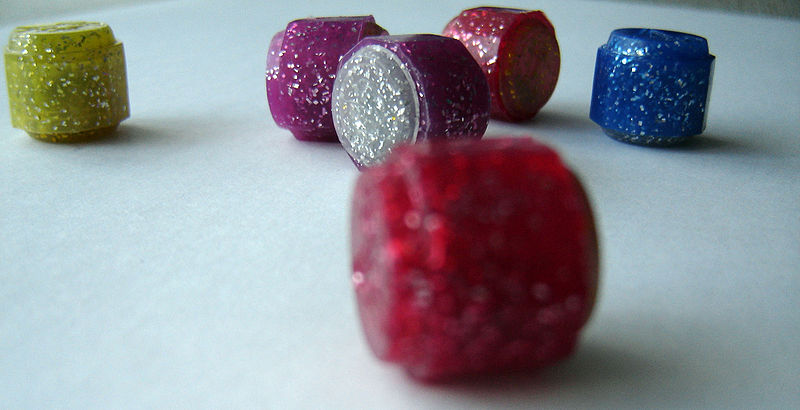North- and South-Korea run by the grandson and the daughter of the two dictators established after the end of the korean war in 1952.
Kim Sung-Ill, Kim Jong-Ill, Kim Jong-Un
Park Chung-He, Park Geun-Hye


Gonggi (공기, pronounced gong-gee) is a popular Korean children’s game that is traditionally played using 5 or more small grape-sized pebbles. Nowadays, children buy colourful plastic stones instead of finding pebbles. It can be played alone or with friends. The stones are called gonggitdol (공깃돌), which means “gonggi stones.” Since only a few stones and a flat surface are needed for play, the game can be played by anyone almost anywhere.
The game generally begins with each player tossing the stones from the palm of their hand into the air. While airborne, the player switches his hand backside up. The gonggi stones are then caught on the back of the hand. The person with the leading amount plays first.
Level 1: The stones are thrown on the playing surface and the player picks a stone to throw up in the air. While airborne, the player picks up one stone on the playing surface. Then, the player catches the stone. These steps are repeated until all the stones have been caught.
Level 2: The stones are thrown on the playing surface again. However, at this level, the player picks up the stones two at a time.
Level 3: The stones are thrown on the playing surface. The stones are picked up once in a cluster of three, and the other in the amount of one.
Level 4: The player throws one stone in the air, places the others on the surface, and catches the airborne stone. Then the player picks up the four clustered stones on the playing surface. Then the player catches the airborne stone.
Level 5: The player tosses the stones from the palm of their hand in to the air. While airborne, the player switches his hand backside up. The stones are then caught on the back of the hand. Then, the player throws the stones in the air and catches them. The number of stones caught amount to the score. There are various tricks in this phase. Some examples are “The Dragon” and “The Clap–Toss”. However, such ostentations are not allowed in official game play.
There are many playing calls in the Gonggi game. The standard calls have been listed here. The penalty for a “mess–up” requires that the player who has perpetrated it pass the stones to the next player.
A “double touch” occurs when a player physically touches the Gonggi stone(s) more than once.
A “mushroom” or a “diamond” occurs when a Gonggi stone is balanced on a diagonal position. In some versions, this orientation may be worth either extra points or the instant end of the player’s turn.
An “overhead” occurs when a player throws a Gonggi stone in any distance above their head.
A “drop” occurs when a player, after catching all 5 Gonggi stones, drops a stone on to the playing surface.
A “fixation” occurs in level 5 when a player deliberately adjusts the Gonggi stones in their hand.
An “interception” is when another person distracts the person who is currently playing.
Source: http://en.wikipedia.org/wiki/Gonggi
The Turtle ship, also known as Geobukseon(거북선), was a type of large warship belonging to the Panokseon class in Korea that was used intermittently by the Royal Korean Navy during the Joseon Dynasty from the early 15th century up until the 19th century.
The first references to older, first generation turtle ships, known as Gwiseon (귀선; 龜船), come from 1413 and 1415 records in the Annals of the Joseon Dynasty, which mention a mock battle between a gwiseon and a Japanese warship. However, these early turtle ships soon fell out of use as Korea’s naval preparedness decreased during a long period of relative peace.
Turtle ships participated against Japanese naval forces that supported Toyotomi Hideyoshi’s attempts to conquer Korea from 1592-1598. Korean admiral Yi Sun-sin is credited with designing the ship. His turtle ships were equipped with at least five different types of cannon. Their most distinguishable feature was a dragon-shaped head at the bow (front) that could launch cannon fire or flames from the mouth. Each was also equipped with a fully covered deck to deflect arrow fire, musket-shots, and incendiary weapons. The deck was covered with iron spikes to discourage enemy men from attempting to board the ship. Claims that it was iron-plated remain controversial (see section on decking).
Artikel auf Deutsch.
http://de.wikipedia.org/wiki/Geobukseon
Source: http://en.wikipedia.org/wiki/Turtle_ship